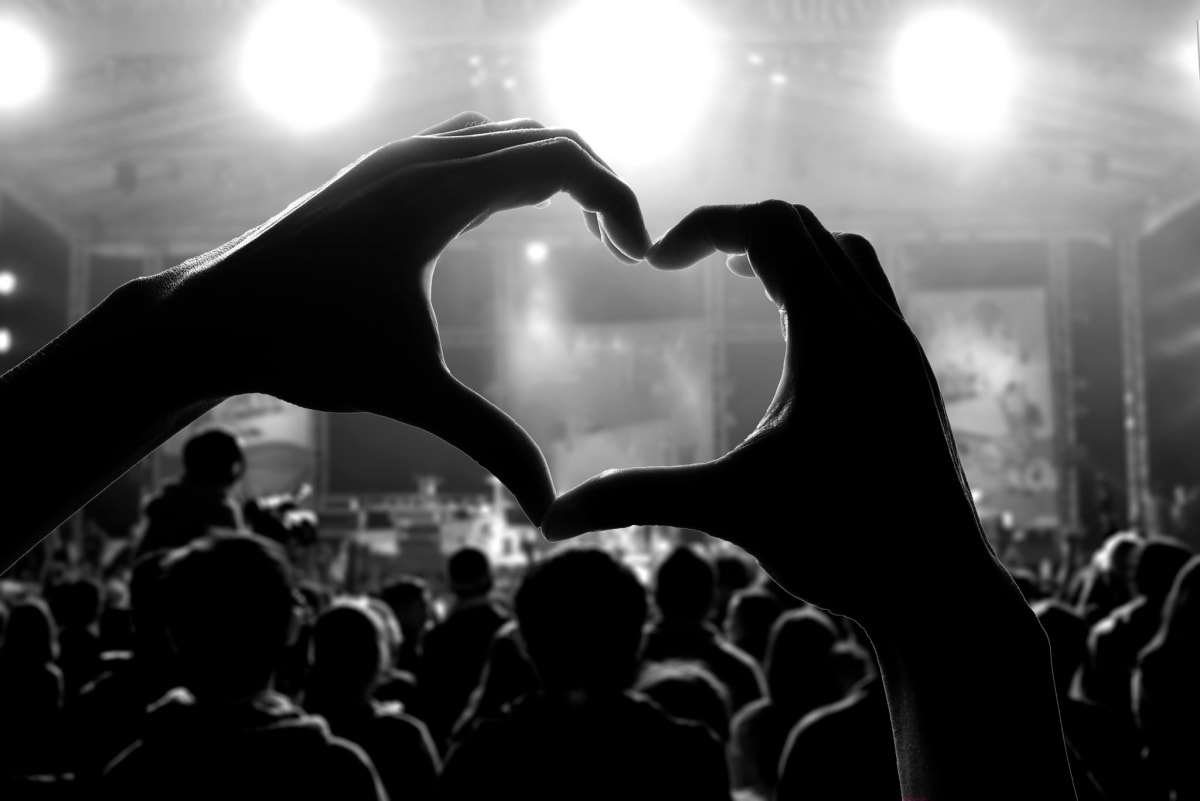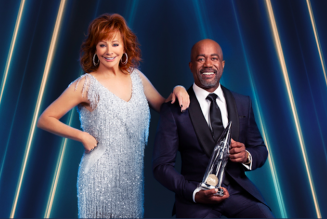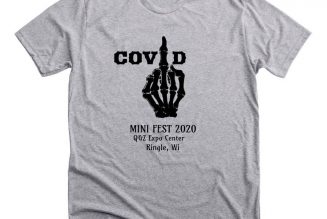This is an opinion column. The thoughts and viewpoints expressed are those of the author, Steve Adelman. Steve Adelman is the co-founder of the AVALON nightclub brand and a thirty-year veteran of the nightlife industry. He is currently working on his first book, a behind-the-scenes look at clubbing in major cities around the world.
COVID-19 has landed like a live grenade in the laps of the entire planet, altering public behavior to a point where it may take years to return to ‘normal’. For businesses, the psychological and economic tolls have been devastating, with entire industries changing the set manner in which they conduct themselves. ‘Curbside Pickup’ and ‘Non-Contact Delivery’ have now become a part of our everyday dialogue.
No industry has been hit harder than Nightlife, whose entire dynamic is based on social interaction. From nightclubs to festivals worldwide, the shutdowns feel as if there is no end in sight. First to close, and now apparently last to open in the U.S., as Nightlife tries to weather its current financial challenges, everyone is asking one question:
Will the industry ever be the same?
I would answer that with a resounding, “No.”
It will bounce back stronger than ever before.
As a Director of NYC’s Limelight, Tunnel, Palladium and Club USA mega-clubs of the 90’s, I experienced first-hand the collapse of NYC’s nightlife culture as part of then Mayor Rudy Giuliani’s campaign to “clean-up” the city. This led to the evolution of the “ultra-lounge,” driven by the concept of bottle service, which was quickly adopted around the country. During the same period, “superstar DJ culture” began to emerge in the U.S. outside of NYC, pioneered by the likes of Paul Oakenfold, Sasha, and John Digweed, along with newly sprouted mega-clubs like Avalon in Boston and Los Angeles, Nation in Washington DC, and Space in Miami.
The events of 9/11 changed everything, as clubs struggled to assure customers of their safety, but they found a way. As lounge culture began to hit the downslope of its curve, EDM culture exploded with its embrace by Las Vegas and the exponentially growing festival market, exposing it to an even broader audience. In 2017, tragedy hit the Vegas Strip, when the Route 91 Festival shootings again fueled fears and security concerns for venues nationwide. By 2019, what made Sin City a dance music mecca led to an oversaturated market, as clubs competed for a limited pool of top talent to fill their dance-floors and VIP tables. As attendance thinned and talent costs rose, the Vegas model that began over a decade earlier was becoming unsustainable, highlighted by the fast-track collapse of Kaos at The Palms, resulting in a $28 million loss for its owners.
Now for the good news. As we come out of this unprecedented time, nightlife will not only rebound, but as social norms are restored, it will become a more valued aspect of everyday life. Like a significant other you took for granted, only when they are gone do you realize how much you really miss them. After months of being isolated, inundated with partisan news, club-goers will populate venues with a renewed enthusiasm and energy like never before. The “new” era of nightclubs to come will need to take into account a changed world, and a newly kindled product demand.
Consider the following:
• Coming off record unemployment, the public will have limited means for the foreseeable future.
• The need for a social setting allowing clubbers to communicate easily will be at a premium as people seek to reconnect.
• Club-goers will let loose on the dance-floor like never before, releasing months of frustration and angst.
• Charging high admission prices and for premium services such as table service and expedited entrance will be a thing of the past as millennials struggle to regain their disposable income.
So, what does the nightclub of the not-too-distant future look like? It will be based on the following:
• Multiple experiences as club-goers opt for exploration, with large concert-like dance floors being replaced by multiple smaller areas.
• A premium for an overall more socially friendly experience.
• Up-and-coming DJs, live acts and performers taking front and center as clubs move away from big ticket acts. The opportunity to be exposed to new talent will become a catalyst driving attendance.
• Design creativity being a driving force as owners move toward making club environments the stars.
• Door policies and service adapting, promoting greater ease and inclusivity.
Over the last three decades, I have seen clubs and concepts come and go… and then return again for an encore. In a manner unlike anything else, Nightlife is critical to our well-being, serving as a great unifier—a world within itself where people can become whoever they like, unbound by the restrictions and limits set forth by their daytime responsibilities, income level, or sexual orientation. It has always filled the universal need of being the ultimate escape, a place to forget your worries, fears and problems, while bonding with others, if only for a few short hours.
Nightlife always finds a way.
With the best yet to come, I for one cannot wait for the future.








